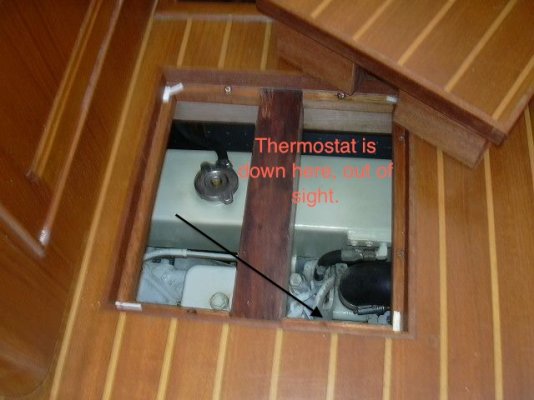My mechanic approves the use of automotive radiator/cooling system flush products, maybe not everyone will. The system holds 20 quarts, you probably need 2 packs of any product.
According to American Diesel, sediment can accumulate at the back of no.6 cylinder. There is a "rear freeze plug" on the block you can remove to check for it, and probably drain there as well as other places.
Inside the expansion tanks there is a metal tube which leads to the overflow. This can get sludged and blocked, if so the overflow does not happen, the engine gets pressurized and finds places to vent pressurized coolant.
We fitted Mercruiser recovery bottles, it saved shipping the modified units from USA.
Check your expansion tank caps too, they degrade, maybe you get new ones with the kit from AD and the existing just gets capped off, if not best renew them if they look tired.
Although I engage a mechanic, I take an interest in what gets done.
A drift while we are talking FL120, there is a circulated view the FL120 requires the injector pump oil changed every 50 hours, leading to comment the engine is "high maintenance". I checked my 1978 Lehman Manual today, the period is stated as 200 hours, I suggest doing it with engine oil changes, it only uses < a pint.

